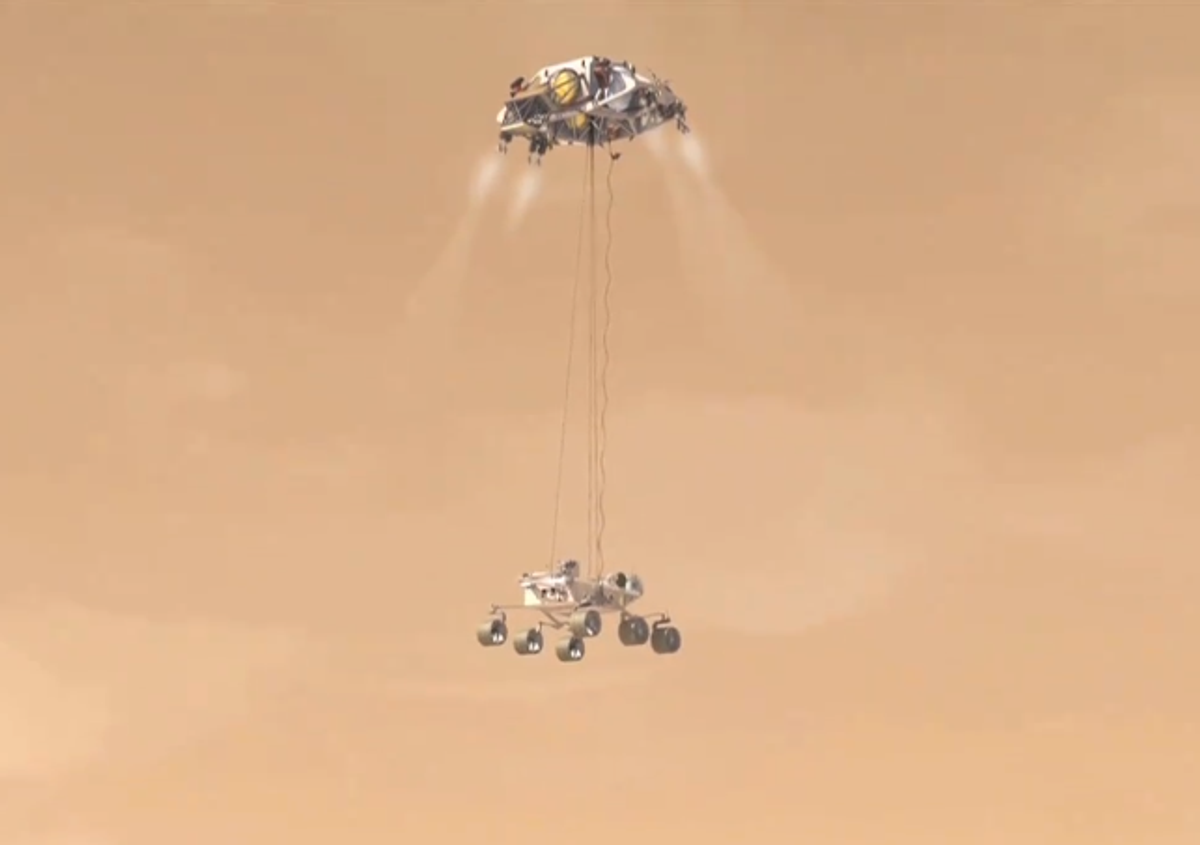UPDATED 5:26 p.m.: Latest updates from NASA:
- NASA's Mars Science Laboratory and its Curiosity rover have blasted off on an Atlas V rocket from Cape Canaveral Air Force Station in Florida.
- NASA's Mars Science Laboratory has separated from the rocket that boosted it toward Mars and has sent a signal to Earth.
- Engineers have received data from NASA's Mars Science Laboratory showing that all systems are operating normally. The approximately eight-month journey to Mars is underway.
This week, NASA gave its launch team the go-ahead to continue working towards liftoff of the Mars Science Laboratory, also known as the Curiosity rover, tomorrow, Saturday, November 26. So if things go according to plan, an Atlas V rocket will blast into space carrying NASA's bigger and more capable new rover, the beginning of a 570-million-kilometer journey to the Red Planet.
The trip will take nearly nine months and likely involve lots of challenges. But today I want to bring your attention to one part of the mission that I find fascinating, and a bit scary: getting the rover on the surface of Mars. Or as the NASA Jet Propulsion Laboratory engineers call it, "entry, descent, and landing," or EDL.
Curiosity's predecessors, Spirit and Opportunity, the size of golf carts, landed on "air bags" dropped from a descent craft. The new rover, however, is too big and heavy for that -- it's the size of a small car, weighing in at 900 kilograms, and equipped with a nuclear power supply and 10 scientific instruments.
So the JPL team came up with a new approach that involves lowering the rover on cables -- the "skycrane maneuver." Picture a commando rappelling from a helicopter and you get the idea. JPL has prepared a computer animation depicting the EDL sequence, and we got Steve Lee, the guidance, navigation, and control manager for the mission, to narrate the action:
Curiosity is a fascinating, and risky, project, which we described in a feature story back in January. Definitely check the article if you want to learn all the details about how the new rover came about, its capabilities and scientific goals. Personally, I can't wait to see this monster rover exploring the surface of Mars.
In the meantime, we'll keep you posted about the launch. I asked Steve Lee if we should wish the team and the rover "bon voyage," or "break a leg," or something like that. His answer: "We just eat peanuts for good luck." It's a tradition that started in the 1960s with the Ranger lunar missions, he explained. Okay everyone, don't forget your peanuts on Saturday.
Erico Guizzo is the Director of Digital Innovation at IEEE Spectrum, and cofounder of the IEEE Robots Guide, an award-winning interactive site about robotics. He oversees the operation, integration, and new feature development for all digital properties and platforms, including the Spectrum website, newsletters, CMS, editorial workflow systems, and analytics and AI tools. An IEEE Member, he is an electrical engineer by training and has a master’s degree in science writing from MIT.




